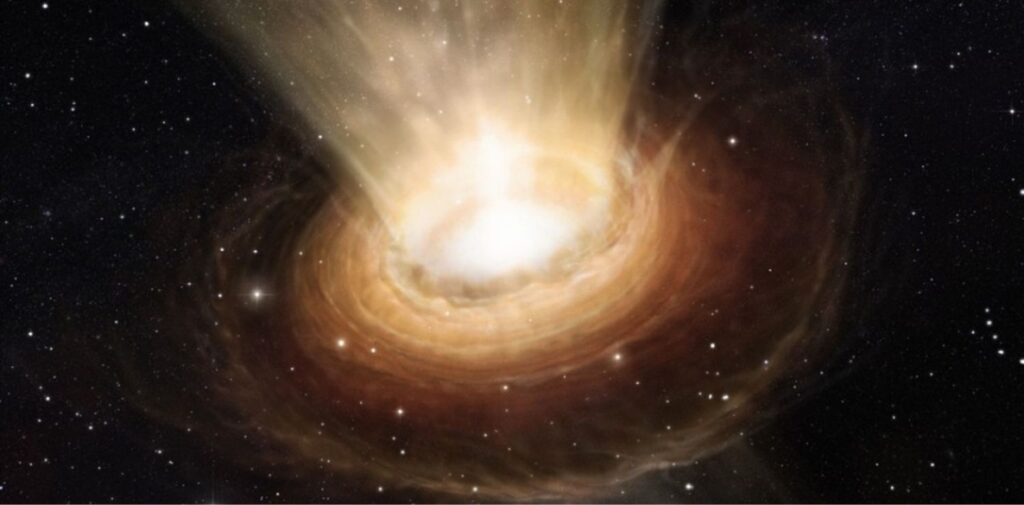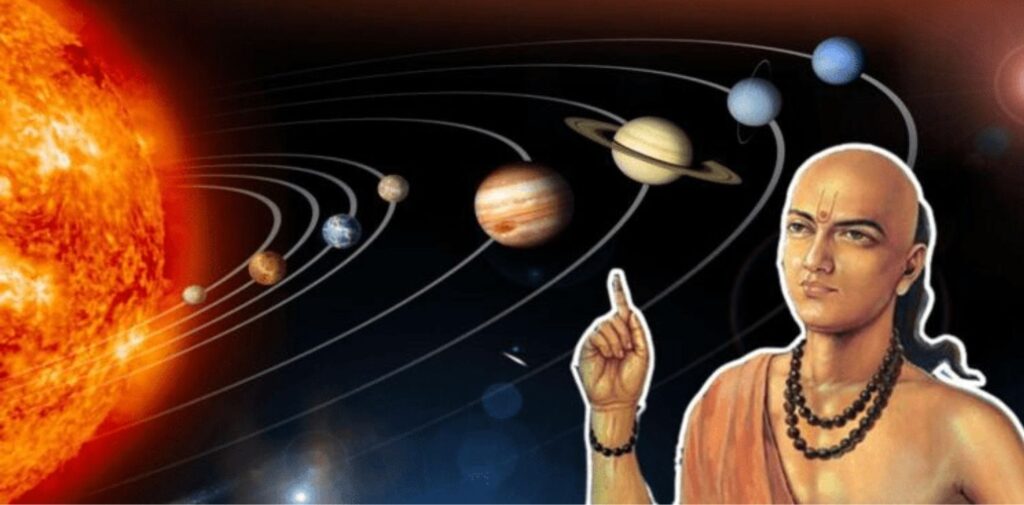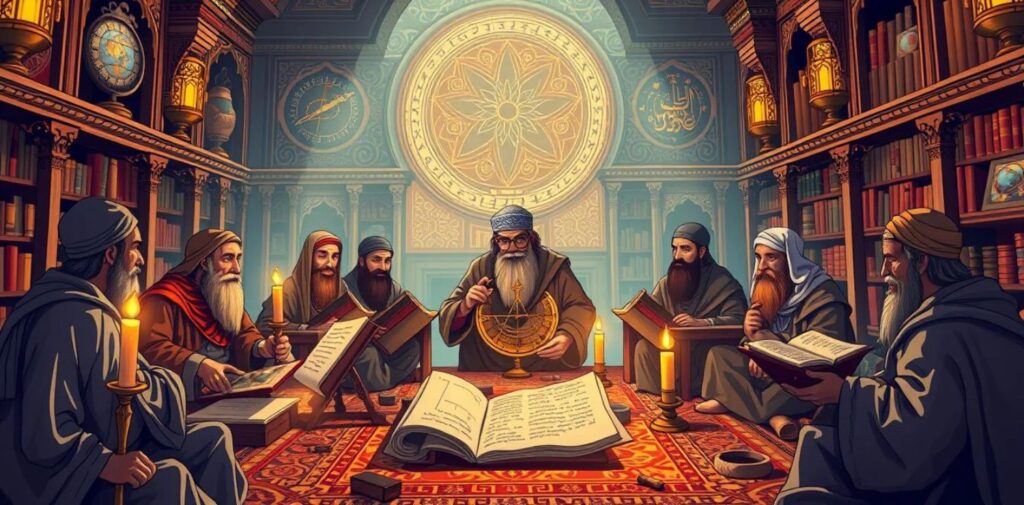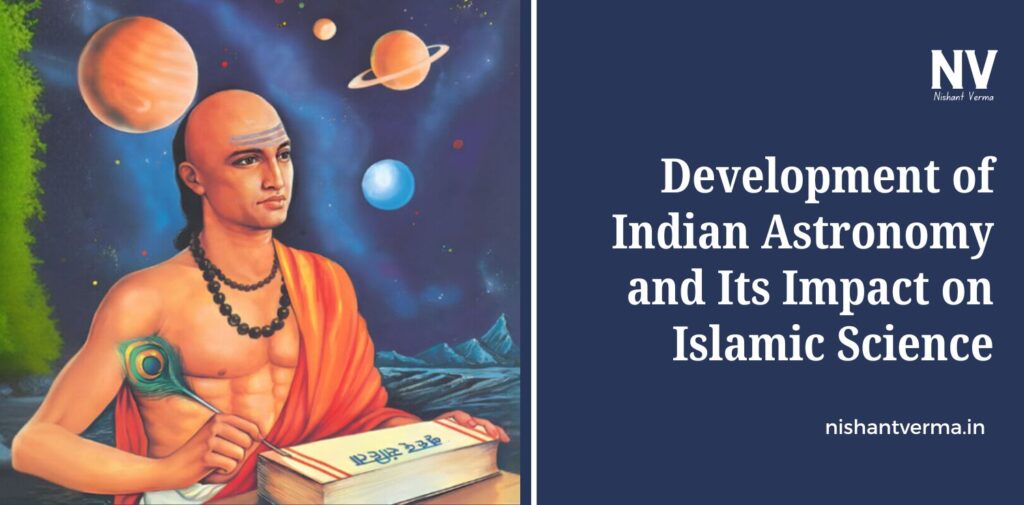Astronomy, the study of celestial bodies and their movements, has been a significant part of human knowledge for centuries. In ancient India, astronomy was not just a scientific pursuit but also closely linked to religion, philosophy, and culture. The development of Indian astronomy reached remarkable heights, especially during the classical period of Indian science, and it later had a profound impact on the development of Islamic science, particularly in the fields of mathematics, astronomy, and navigation.
This article explores the evolution of Indian astronomy, its contributions to scientific knowledge, and how it influenced the growth of Islamic astronomy.
The Birth and Evolution of Indian Astronomy
Indian astronomy can be traced back to the Vedic period, around 1500 BCE, when astronomical observations were primarily used for religious and agricultural purposes. Over time, Indian astronomers built upon these early observations, contributing significantly to the study of celestial phenomena.

Vedic Period and Early Astronomical Observations
In the Vedic texts, astronomical knowledge was largely practical and linked to the rituals performed by priests. The movement of the sun, moon, and stars was important for determining auspicious times for ceremonies and sacrifices. The concept of time was also deeply connected with celestial motions, with the lunar calendar being one of the earliest systems used by the people.
- The Vedic texts mention the Nakshatras (lunar constellations), which were used to chart the sky and track the passage of time.
- The Rigveda, one of the oldest sacred texts, contains references to celestial bodies like the sun, moon, and stars, which were viewed as divine entities governing the natural world.
Though early Indian astronomy had more religious significance than scientific, it laid the groundwork for later developments.
Classical Period and the Rise of Scientific Astronomy
Indian astronomy became more scientific during the classical period, around 500 BCE to 1000 CE. This was when Indian scholars began to focus on mathematical models to explain the motions of celestial bodies. Notable astronomers like Aryabhata, Varahamihira, and Brahmagupta played a pivotal role in shaping the science of astronomy.
Aryabhata: The Pioneer
Aryabhata (476-550 CE) is often considered the father of Indian astronomy. His work, Aryabhatiya, laid the foundation for several crucial concepts in astronomy and mathematics. Aryabhata’s key contributions include:
- Heliocentric Theory: Aryabhata proposed that the Earth rotates on its axis daily, which was a significant step toward understanding the true nature of Earth’s motion. He also suggested that the Earth’s shadow causes eclipses, a revolutionary idea at the time.
- Calculation of Pi (π): Aryabhata made an approximation for pi (π) that was remarkably close to the value we use today.
- Planetary Motion: He developed a model for planetary motion, acknowledging that planets move in elliptical orbits around the sun.
Aryabhata’s innovative ideas significantly advanced the understanding of celestial bodies and planetary movements in ancient India.

Brahmagupta and Varahamihira: Expanding Astronomical Knowledge
Following Aryabhata, two other prominent figures, Brahmagupta and Varahamihira, made significant contributions to Indian astronomy.
- Brahmagupta (598-668 CE) authored the Brahmasphutasiddhanta, where he introduced the concept of negative numbers and developed detailed explanations for the calculation of eclipses, planetary motions, and lunar cycles.
- Varahamihira (505-587 CE) contributed extensively to the study of stellar positions, astrology, and astronomical tables. His Pancha Siddhantika compiled several earlier astronomical traditions, furthering the understanding of the sky’s motions.
The works of these astronomers played a key role in refining the mathematical models and observational techniques used to study celestial objects.
Key Contributions of Indian Astronomy
Indian astronomers made several notable contributions that shaped not only Indian science but also had a lasting influence on Islamic science:
- Mathematical Models for Celestial Bodies: Indian astronomers developed advanced mathematical methods, such as trigonometry and algebra, to calculate the positions of celestial bodies.
- Calendar Systems: The Indian system of calendars, which was based on both solar and lunar cycles, was an important contribution to timekeeping and helped lay the foundation for later Islamic calendar systems.
- Eclipses and Planetary Motion: Indian astronomers provided detailed explanations for the occurrence of eclipses and the motion of planets, which were crucial for understanding astronomical phenomena.
These contributions laid a solid foundation for the development of astronomy in other cultures, particularly the Islamic world.

Transmission of Indian Astronomical Knowledge to the Islamic World
With the rise of the Islamic Empire in the 7th century CE, the Muslim scholars began to embrace and build upon the astronomical knowledge that had been developed in India. The transmission of Indian astronomy to the Islamic world took place through multiple channels:
Silk Road and Cultural Exchanges
The Silk Road, an ancient network of trade routes, played a crucial role in the exchange of knowledge between India and the Islamic world. Scholars from the Islamic caliphates interacted with Indian astronomers, translating Indian texts and adapting their mathematical and astronomical ideas.
- Arabic translations: Key texts by Indian astronomers like Aryabhata, Brahmagupta, and Varahamihira were translated into Arabic. These texts became foundational in the development of Islamic astronomy.
Influence on Islamic Scholars
Islamic scholars like Al-Battani, Al-Sufi, and Ibn al-Haytham were heavily influenced by Indian astronomy. They made significant advancements by combining Indian knowledge with their own observations.
- Al-Battani (858-929 CE), an Arab astronomer, improved the Indian astronomical model by adding more accurate observations of planetary motions and refining the calculation of the length of the solar year.
- Al-Sufi, in his work Book of Fixed Stars, adopted many of the star cataloging methods developed in Indian astronomy.
- Ibn al-Haytham (965-1040 CE), known for his work in optics, also contributed to astronomical theories and helped refine the heliocentric model developed by Indian scholars.
Key Areas of Influence on Islamic Science
Indian astronomy had several areas of influence on Islamic science:
- Mathematical Methods: The Indian development of trigonometry, especially the sine function, was adopted by Islamic astronomers for calculating planetary positions and star locations.
- Astronomical Instruments: The astrolabe, a device used to measure the positions of stars and planets, was refined in the Islamic world, but its origins can be traced back to earlier Indian instruments.
- Observatories: Islamic scholars set up large observatories, many of which, such as the Maragha Observatory in Iran and the Ulugh Beg Observatory in Samarkand, were inspired by Indian models of astronomical observation.
Impact on Islamic Scientific Thought
The Indian influence on Islamic science did not stop at astronomy; it spread to other fields such as mathematics, medicine, and optics. The exchange of knowledge between Indian and Islamic scholars helped lay the foundations for the Renaissance in Europe. The works of Islamic scholars were later translated into Latin and became a key part of the scientific knowledge passed on to European scholars during the Middle Ages.
Conclusion: Development of Indian Astronomy
Indian astronomy, with its rich history and profound contributions, played a critical role in shaping the scientific advancements of the Islamic world. The mathematical precision, innovative models, and detailed observations made by Indian astronomers greatly influenced Islamic scholars, who in turn built upon this knowledge to further advance the field of astronomy. This cross-cultural exchange not only enriched both Indian and Islamic scientific traditions but also contributed significantly to the broader history of human knowledge.
The legacy of Indian astronomy continues to influence modern science, and the profound ideas and methods developed by Indian scholars remain an integral part of our understanding of the cosmos today.




